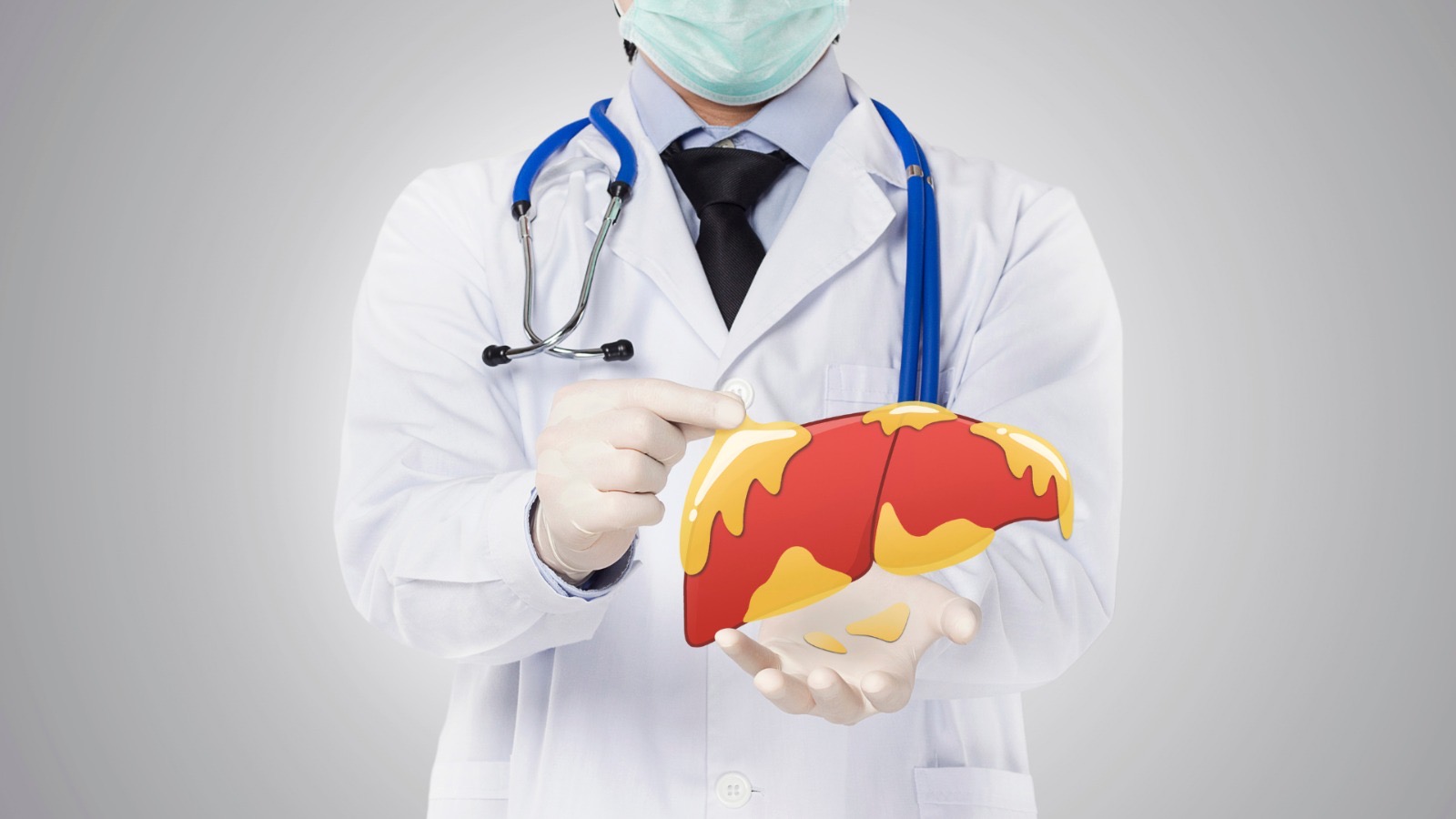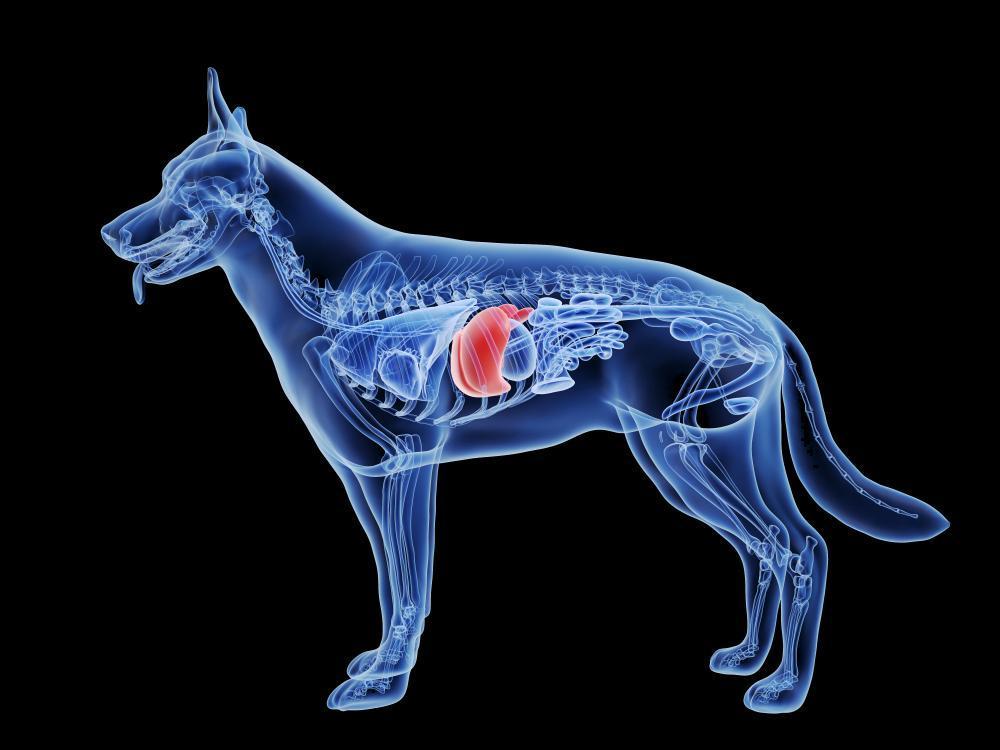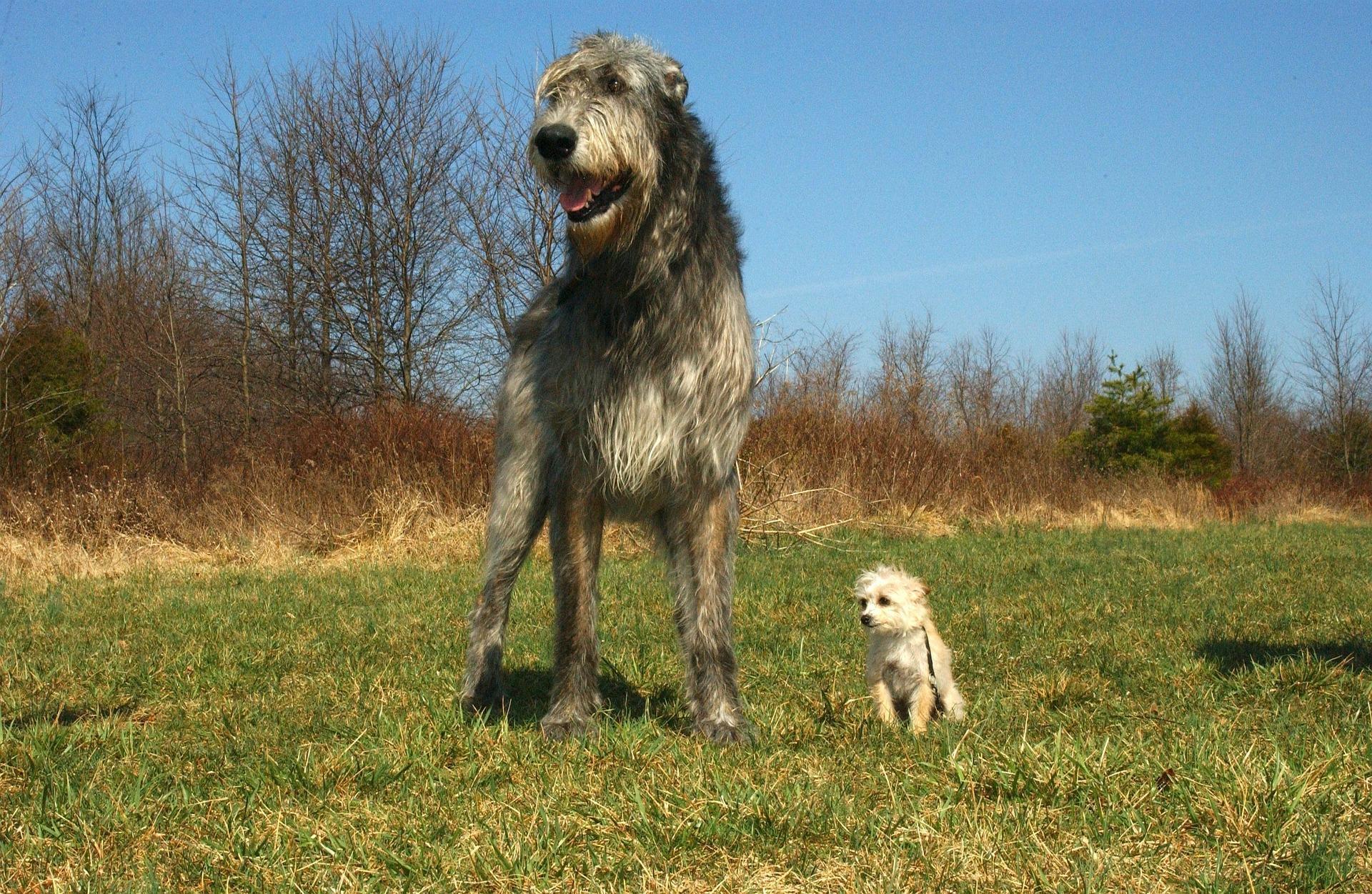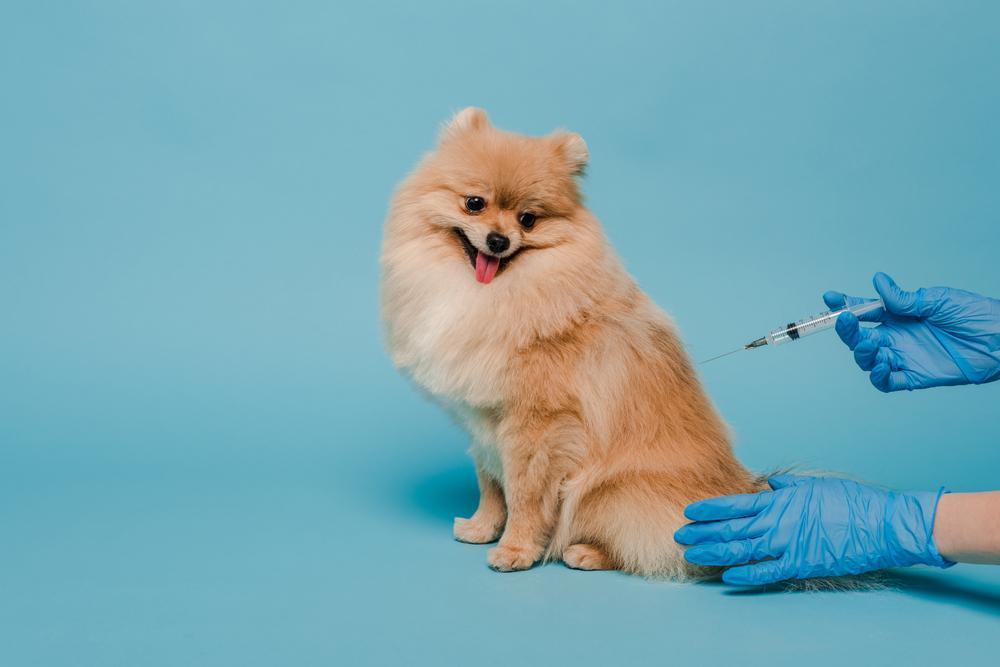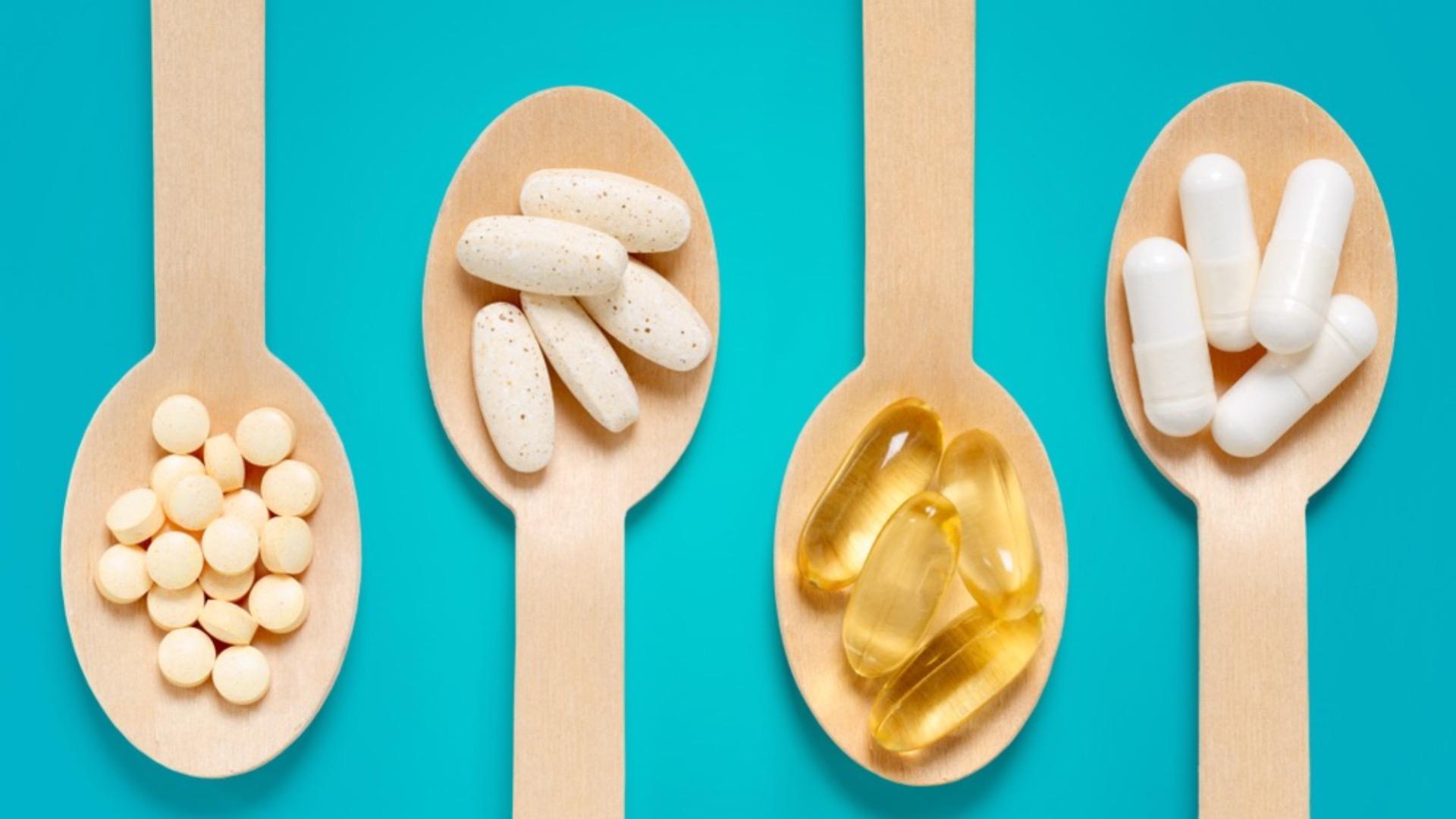Did you know that body wasting is found in 65-90% of patients with advanced liver disease?
These patients often develop micronutrient deficiencies which ultimately results in malnutrition.
Being a more common disease than we’d like to see here at My Pet Nutritionist, it is clear that there are nutritional implications in any treatment plan.
For that reason, we thought we’d explore liver disease in a little more detail, with specific reference to food choices.
What is Liver Disease?
Liver disease can present in many different ways – it can range from chronic hepatitis, acute liver failure, portosystemic shunts to hepatic encephalopathy. For more information on these specific manifestations, check out our blog
here.
Here you will also find any signs and symptoms to look out for.
But before we get into what happens when it goes wrong, let’s look at what a healthy liver does.
The major functions of the liver include:
- Bile production: Bile helps the small intestine breakdown and absorb fats, cholesterol, and those fat soluble vitamins. Bile consists of bile salts, cholesterol, bilirubin, electrolytes, and water.
- Absorbing and metabolising bilirubin: Bilirubin is formed by the breakdown of haemoglobin. The iron released from haemoglobin is stored in the liver or bone marrow and used to make the next generation of blood cells.
- Supporting blood clots: Vitamin K is necessary for the creation of coagulants that help clot the blood. Bile is essential for vitamin K absorption and is created in the liver. If the liver does not produce enough bile, clotting factors cannot be produced.
- Fat metabolisation: Bile breaks down fats which makes them easier to digest.
- Metabolising carbohydrates: Carbohydrates are stored in the liver, where they are broken down into glucose and siphoned into the bloodstream to maintain normal glucose levels. They are stored as glycogen and released whenever energy is needed.
- Vitamin and mineral storage: The liver stores vitamins A, D, E, K, and B12. The liver stores iron from haemoglobin in the form of ferritin, ready to make new red blood cells.The liver also stores and releases copper (which is why copper toxicity in dogs is associated with liver failure).
- Filters the blood: The liver filters and removes compounds from the body, including hormones and compounds from outside the body, like medications. For more information on detox, check out our blog here.
- Immunological function: The liver is part of the mononuclear phagocyte system. It contains high numbers of Kupffer cells that are involved in immune activity. These cells destroy any disease-causing agents that might enter the liver through the gut.
- Production of albumin: Albumin is a protein found in the blood. It transports fatty acids and steroid hormones to help maintain pressure and prevent the leaking of blood vessels. It is the higher circulating albumin found in dogs that suggests they possess an increased fat oxidation capacity, in comparison to humans.
- Synthesis of angiotensinogen: This hormone raises blood pressure by narrowing the blood vessels when alerted by production of an enzyme called renin in the kidneys.
But perhaps the most interesting function of the liver, is its ability to regenerate.
In mice, if two thirds of their liver is removed, the remaining tissue can regrow to its original size within 5-7 days! In humans, this process takes slightly longer, but it can still occur. In dogs, the mechanism is thought to occur similarly to that in the mouse., but maximum response is seen after three days, as opposed to 24-hour peak in rat regeneration.
Findings here
This regeneration is helped by a number of compounds, including growth factors and cytokines like:
- hepatocyte growth factor
- insulin
- transforming growth factor-alpha
- epidermal growth factor
- interleukin-6
- norepinephrine
Micronutrients to Support Liver Health
Almost all chronic liver diseases are under the background of elevated oxidative stress.
Great sources ofessential antioxidants are foods rich in vitamin C, vitamin E, and trace element selenium. Plant foods also contain compounds that have antioxidant activity, such as ascorbic acid, beta-carotene, coenzyme Q10, curcumin, ellagic acid, epigallocatechin gallate, lipoic acid,lycopene, N-acetyl cysteine, quercetin, and resveratrol.
Blueberries
This versatile berry contains anthocyanins, an antioxidant, protecting the liver from oxidative stress. Studies have found that in the livers of rats, such protective compounds found in fruits like blueberries slowed the development of scar tissue, and may be useful in the prevention of hepatic fibrosis.
CruciferousVegetables (Brussel sprouts, broccoli)
Not only does this family of vegetables provide a wide range of nutrients and health benefits, they also have the added ability of increasing the liver’s natural detoxification enzymes and improving overall liver function by decreasing oxidative stress.
Findings here
Nuts
Nuts, which are high in healthy fats and Vitamin E (a powerful antioxidant) as well as other phytochemicals, have shown potential for treating non-alcoholic fatty liver disease by reducing inflammation and fat accumulation in the liver.
Fatty fish (mackerel, tuna, salmon, trout)
Consuming fatty fish that are high in omega-3 fatty acids regularly can modulate inflammation and enzyme levels.
Findings here
A review of plant-based foods for liver health indicated the following as beneficial:
- broccoli
- carrots
- collard greens
- kale
- sweet potato
- cabbage
- banana
- papaya
- pomegranate
- watermelon
Findings here
Patients with liver disease are advised to avoid nightshade plants like tomatoes and eggplant as they can become hepatotoxic.
Macronutrients to Support Liver Health
The liver plays a crucial role in the metabolism of proteins along with carbohydrates and fats. It carries out four main functions in protein metabolism.
The first is the formation of blood proteins. These blood proteins include clotting factors, carrier and transport proteins, hormones, apolipoproteins, and other proteins involved in homeostasis and the maintenance of pressure, such as albumin.
The liver is also involved in amino acid interconversion. Amino acids are divided into two groups, essentials—those that the body is unable to produce,which must be obtained from the diet and non-essentials, those that the body can synthesise. The liver is able to alter the structure of amino acids and transfer amino radicals to a keto acid to produce the amino acids needed for the body. This process is critical in many body functions, especially gluconeogenesis.
The third function is amino acid deamination, or breakdown, the by-products of which can be used to produce energy (ATP). Proteins however are not a desired source for energy but will be used as that at times of starvation.
The last function is urea synthesis. Ammonia, one of the by-products of protein breakdown is toxic to the body, and therefore the liver removes this excess ammonia by producing urea which is ultimately excreted by the kidneys.
It is therefore clear that changes in protein metabolism secondary to liver dysfunction can lead to many physiologic and chemical changes in the body, altering homeostasis.
Restricting dietary protein is controversial. There isn’t currently a clear consensus on the level of protein to include in a pet’s diet when they are suffering with forms of liver disease, but moderate, whole-food proteins are more bioavailable, they also place less of a burden on the system to process.
Carbohydrates are often frowned upon for dogs, but they simply denote a structure. Within carbohydrates you will find fibre, and we know there are some brilliant benefits to fibre! Check out our blog
here.
That said, high-fructose corn syrup is deemed a simple carbohydrate and has been associated with excessive accumulation of triglycerides in the liver, leading to disease. Sadly, there are pet foods and treats on the market that contain it.
Findings here
In short, simple carbs are out –but there may be a place for complex carb vegetables.
Finally, we’re onto fat. The accumulation of fat in the liver does pave a way to disease, but it’s not as simple as the age-old adage, fat makes you fat.
It depends on the fat.
Overfeeding saturated fat increases liver triglycerides 55% more than unsaturated fat.
Findings here
You will find both saturated and unsaturated fat in a range of foods – but if you feed one food more regularly than other, you will tip the balance in favour of that fat.
For example, beef is higher in saturated fat, and lower in polyunsaturated fat. That said, you can combine hempseed oil for example, to help balance things out.
Chicken is high in polyunsaturated fat, but of the linoleic acid kind, so you could add some sardines to the mix.
This is why we advocate a diverse,whole-food diet, in order to offer the body a range of nutrients that it can utilise.
On the subject of fat makes us fat, obesity is implicated in liver disease, so please check out our blogs on obesity in the dog
here and
here.
Summary
As with anything, prevention is better than cure and we know that there are nutritional implications in liver disease progression, amongst others. But once developed, it is a complex condition.
There have been great successes with the addition of nutritional therapy, but the support of a qualified practitioner who can formulate a diet to meet the needs of your pet is crucial. Check out our services to see if we maybe able to help
here.
Thanks for reading.
MPN Team x


